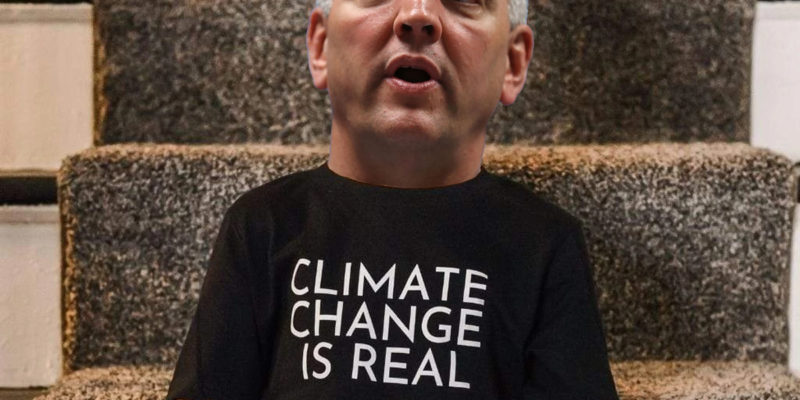Hopefully at the conclusion of the public comment period that ends Mar. 25, the Democrat Gov. John Bel Edwards Administration will take seriously submissions and make the corrections appertaining to these that point out the anti-science aspects within the proposed Coastal Master Plan that risk of misspending billions of dollars.
Every five years (six actually in this case) Louisiana has committed to modifying the course it charts to shape the state’s coastline. In this task among other things, the state wants to put in place physical alterations that designed to preserve the coast that will ameliorate its disappearance, flooding, and adverse cultural and commercial impacts. The plan anticipates spending $50 billion split between restoration and risk reduction over the next half-century.
Unfortunately, politics has intruded upon the effort, with junk science accepted into the document’s core assumptions that postulates catastrophic anthropogenic global warming will cause environmental alterations that trigger massive changes to Earth’s geoforms. Following politically fashionable trendiness, the last, 2017 effort suffered from this primarily in its wild overestimation of eustatic sea level rise that in the course of its formation went, when compared to the actual data, from a high and improbable standard to one essentially unreasonable.
Cribbing off of models rather than observations, the 2017 report presented three scenarios that ranged from (in 2023 metrics computed for change since 2017) a rise of 460cm to 900cm over 50 years. The 2023 report did the same but reduced these to two, creating a range of 490cm to 770cm. This attenuation, which took as the low a midrange assessment from the menu of the writers’ choices and the high as one of the highest, still varies dramatically from the historical record and, most crucially, with the recent portion of that.
As it is, sea level rise has occurred at a constant and relatively slow rate as far back as measurements go (mid-19th century for the oldest and at over a dozen sites since the 20th century), a rate of about 210 to 330cm a century depending upon location. Further, following climate alarmists’ theory that because carbon dioxide output has increased so dramatically in the past few decades that the rate should accelerate, no such meaningful trend has emerged. In fact, assuming that the trend prior to 1950 was natural and that the following increase in the trend since 1950 was entirely due to humans, that computes to a human influence of only about 90cm a century, calling into serious question validity of the models behind the forecasts used.
Advertisement
These observations suggest that the report authors should have used their lowest of the 18 forecasts, or 200 cm, which even then would be about double both the historical trend and that of the last seven decades. Instead, ideologically-induced hysteria appears to have taken precedence by setting a minimum about two-and-half times higher than warranted.
This has potentially expensive real-life policy consequences. If way overestimating SLR, money could be steered to unnecessary projects or unduly aggrandizing them to protect against an SLR highly unlikely to manifest. It also could affect the balance of spending, where fewer dollars need to go to risk reduction and more to restoration.
Citizens would be best served by reanalyzing project options on the basis of a science-driven estimate of SLR, not the antithetical versions at present on which the plan is based. That may take time, but such care is necessary to reduce the risks to property and lives about which the current version is reckless.
Advertisement
Advertisement

